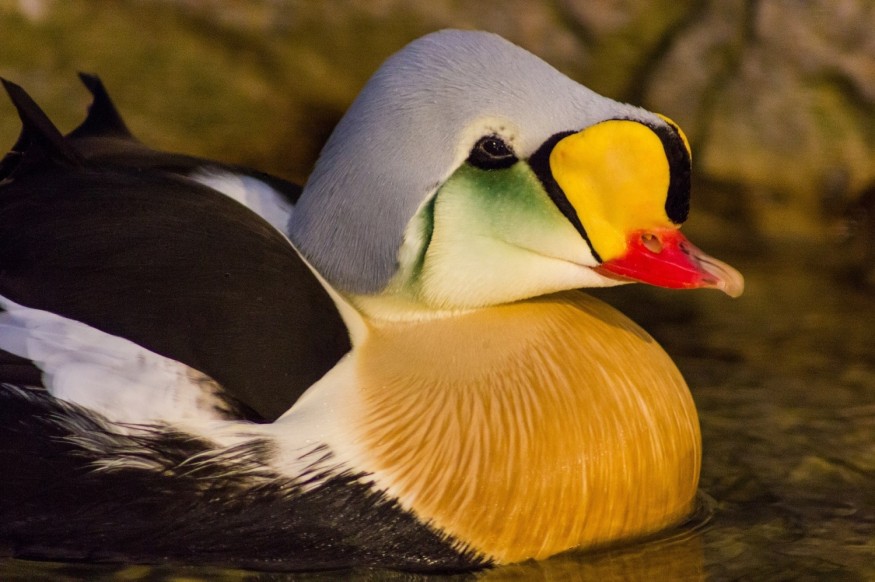
It turns out that the oldest known King Eider - a species of sea duck - was a 24-year-old oil spill survivor cared for by International Bird Rescue.
The discovery proves once again that formerly-oiled birds, once rehabilitated and treated, could survive many years and may release back to the wild.
The latest discovery involves a male King Eider that was oiled as an adult during an oil spill in Alaska in 1996. The previously oldest King Eider, according to the Cornell Lab of Ornithology and U.S. Geological Survey (USGS) Bird Banding Lab, was an unoiled 22 years and a month old female duck when she was recaptured and re-released during banding operations in Nunavut, Canada.
This great news highlights what Bird Rescue has been advocating from its beginnings. Oiled birds could survive to live healthy lives when rehabilitated after oiling, given that there are skilled staff and wildlife experts who follow the protocols that refined the nearly 50-year history.
Catherine Berg, NOAA Scientific Support Coordinator for Alaska, said Bird Rescue has developed and remains at the forefront of the State of the Science for oiled wildlife treatment and rehabilitation.
Berg added that rehabilitated bird survival is indeed a tribute to their dedication to the advancement of the science and to improving the care of injured birds.
The long-lived eider survivor serves as a living testament to a commitment to the centralized response to care for affected wildlife in a remote, inaccessible location is a testament to both Bird Rescue's and the State of Alaska.
The reported 24-year-old King Eider was originally oiled during the M/V Citrus Oil Spill, which started in mid-February 1996 in Alaska's Pribilof Islands around St. Paul Island in the Bering Sea, approximately 300 miles from the nearest mainland, and 750 miles from Anchorage. More than 180 birds, mainly eiders, were saved near St. Paul and transported by U.S. Coast Guard C-130 aircraft to Bird Rescue's Anchorage.
The cleaned seabirds - after medical stabilization, washing, and rehabilitation - were again transported back to St. Paul Island, where their release was celebrated by the community and with the participation of schoolchildren.
Bird Rescue is proud of its work and the body of knowledge regarding the care of oiled wildlife that it has cultivated and shared since its inception in 1971. Data such as band returns on these species provide critical feedback to our rehabilitation processes, and clearly, we are on the right track.
The deceased eider (Federal Band #1347-54950) was found near English Bay on St. Paul Island earlier this year. The metal band number was reported to the USGS Bird Banding Lab, and they shared the information with Bird Rescue.
Male King Eiders are known for their very ornate and distinctive plumage. The male's black and white feathers are accented by a reddish-orange bill, bluish crown, and greenish cheek. They are common in the Arctic waters of the Bering Sea.
This is the fourth King Eider from the 1996 spill that has been reported through the Bird Banding Lab.
© 2025 NatureWorldNews.com All rights reserved. Do not reproduce without permission.





